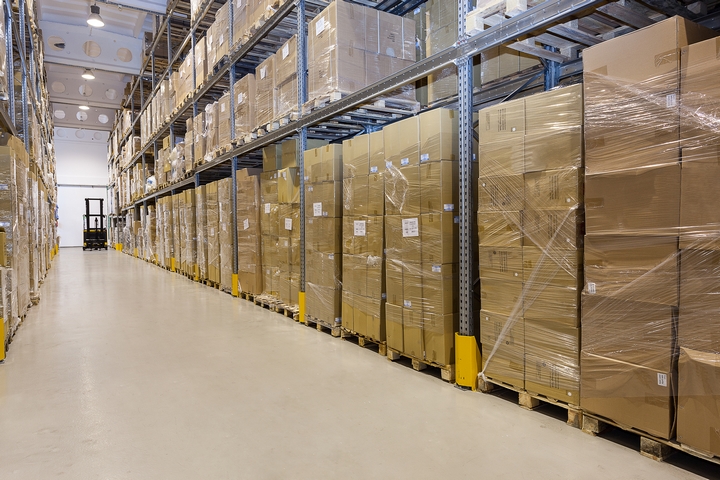When making deliveries to a client, the main objective is to ensure that items reach them safely as this could be the difference between you receiving ongoing business or customers looking to your competition for their future needs. As a result, you need to take any steps necessary to maximize the chances of your items being received as intended and one that will allow you to achieve this is using stretch film in your deliveries.
Stretch film is a plastic wrap that is wound tightly around items on pallets before they are delivered. It is very effective in keeping items safe, but applying it wrong may lead to complications upon delivery. Following these tips will ensure you use stretch film correctly and in turn avoid any issues after your items reach their intended recipient.
1. Use appropriate gauge

Stretch film is available in different gauges, or strengths, and you need to make sure you are using the right type for your items. For delicate products, a stronger gauge may damage the item whereas a lighter gauge may be insufficient in holding heavier items also resulting in damages. Stretch film is available in approximately 10 different gauges composed of different thicknesses and widths.
37-gauge stretch film is the lightest and is sufficient when wrapping two objects together or lighter loads under 800 lbs. The heaviest gauge is 150 and is meant to be used for heavy duty items and is puncture resistant. Before settling on a type of stretch film, take into account the items you will be delivering to ensure you are using the one that will offer the best protection for your deliveries.
2. Compact items

Just because pallets are wrapped in stretch film does not mean they will not have the opportunity to move and break as a result. Items compacted tightly together on a pallet will not shift around as much and doing so will allow you to minimize the chances of things getting damaged or broken. Before wrapping your pallet with stretch film, compact as many items as possible together with bigger ones on the bottom and smaller, lighter items on top.
This will prevent small items from getting crushed and your pallet will be arranged in a way that the stretch film can hold things tightly and securely en route to their destination.
3. Attach tightly

As mentioned, if your pallets are not packed tightly, stretch film will not be as effective in keeping your deliveries safe because it will not be wrapped tight enough to prevent shifting and resulting damages. Just like your items, the stretch film itself needs to be tight. The best way to ensure that the film is attached tightly is wedging it into a corner of the ballet and starting your wrap at the bottom.
Apply about five layers of film around the base of the pallet to make sure it has a strong hold and work your way up, slightly overlapping layers as you go. Do not be afraid to overlap a little more around heavier items as this will protect them from shifting and getting damaged.
4. Check sturdiness

It is of utmost importance that the items on the pallet to be delivered are sturdy and do not move after you have applied the stretch film. To guarantee that everything is secure, go around the pallet and push on items in a way that will not damage them but so you can still test whether they will move during delivery. If any do move, add a few extra layers of stretch film in this area to compact them more so they will not shift around.

